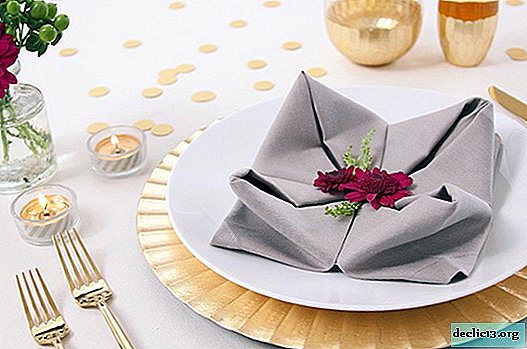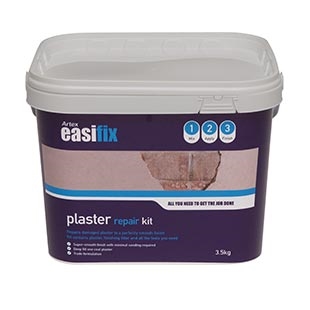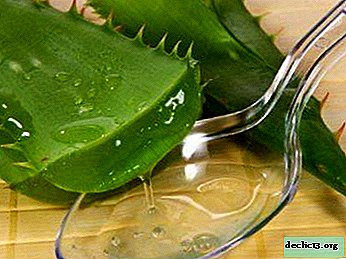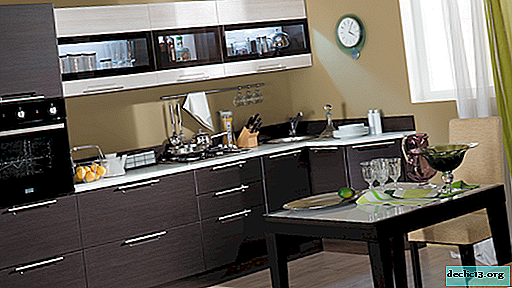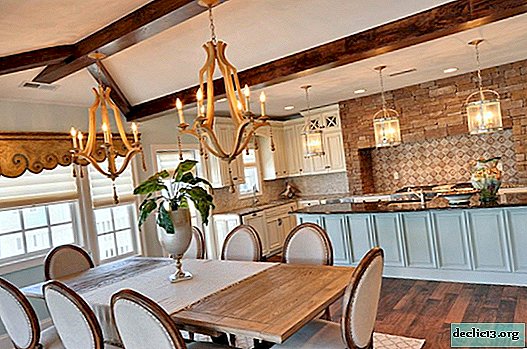Tile Materials
As you know, correctly selected materials for laying tiles can not only accelerate the finishing process, but also improve the quality of work. After all, laying tiles is a long and difficult job, and in such a case it is better to pay special attention to any trifles. Today we will consider what materials we will need, how to choose them correctly and what to pay attention to at all.
Choosing tile adhesive
What do we need first of all when working with tiles? Of course, this is glue and various mixtures for mashing seams. It’s no secret that the right choice of adhesive is the key to durable material laying. Therefore, it is worth approaching such a matter with all responsibility. Let's make a reservation right away, why don't we use cement? Well, first of all, it does not provide good adhesion to the wall. And secondly, over time, the material begins to crumble due to moisture, aggressive environment or mechanical stress. First, the grout is damaged, and then the tile begins to fall off one after another. Therefore, when working with tiles and joints, cement-polymer mixtures with the addition of water-borne epoxy resins or acrylic dispersions should be used.
First you need to know that not every glue is resistant to antibacterial additives (including chlorine-containing) and water. It turns out that for the decoration of pools, showers and other "wet" places, you must choose the appropriate mixture. This rule also applies to places with increased temperature (fireplaces, stoves, underfloor heating, etc.). Otherwise, the tile will not grab well and will soon have to redo everything.
What to do if you work in adverse weather conditions? Sometimes there are situations when work takes place on the street and the glue is open for a long time. In this case, it is better to immediately choose a special mixture with "increased open time." A similar class contains the designation with the letter "E" (for example, C2E is an improved cement glue with increased working time in the open state).
We go further. The glue usually dries for about 14 days, but there are also special quick-setting mixtures (everything hardens in 1-2 days). Such material is marked with the letter "F".
What else affects the choice of adhesive? A lot of factors: the type and size of the tile, the type of base, operating conditions and even the performance of work. In addition, if the coating must be used as soon as possible, then it is worth using special materials. From this we can conclude that the glue should:
- guarantee excellent adhesion between the tile and the surface;
- a high level of adhesion to most building materials is required;
- it should dry quickly and without shrinkage (at the same time, it is necessary to leave some time before hardening for correction after gluing). This time varies depending on the brand.
What other types of glue are there?
First of all, according to the purpose, the adhesive mixture is divided into universal compositions, compositions for external and internal use. The latter, in turn, are waterproof and non-waterproof. It is important to remember that regardless of the type and type of adhesive mixture, first of all, it is necessary to prepare the grounds for work. A clean, dry and even surface is the key to good tile adhesion. If we are talking about a paint and varnish and smooth surface, then in this case it is better to wipe it with a coarse-grained "skin" or scratch it. You can read more about how to remove old finishing material, prepare surfaces and other rough finishes here.
Today, a cement-based dry mix with additives has gained wide popularity. The solution mixes with water, has good “hotness”. Although in practice it is used quite often, but for high-quality and durable operation, this is not the best choice. Why is that? Firstly, the solution has low compressive strength and begins to collapse under pressure and other mechanical loads. Secondly, water, moisture and other aggressive environments destroy the grout between the tiles, break adhesion and the material begins to fall off by itself. That is why when working with tiles it is very important to use special polymer (for working in dry rooms) or cement-polymer mixtures (when working in wet rooms). There are even adhesives with a special recipe for working on complex surfaces: paint, old tiles, drywall, etc.
The choice of glue for the tile is an important stage in the work, because the durability and quality of the future surface directly depends on it.
Grout mix
It's no secret that seams play a very important role in the work. They do the following work:
- do not allow the tile to crack and then fall off;
- hide tile dimensional defect;
- give a more attractive appearance.
How does the grouting process take place?
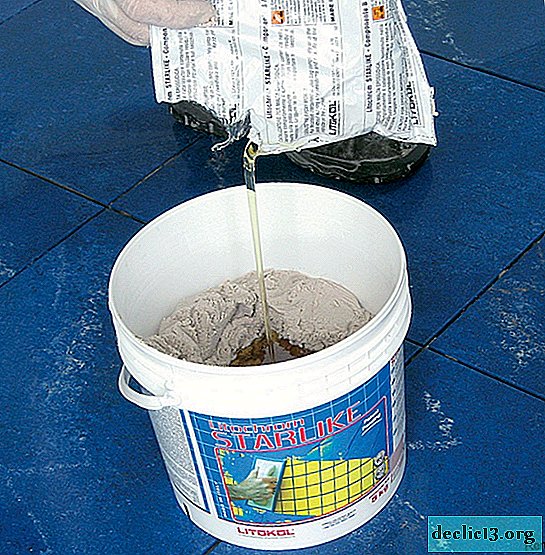


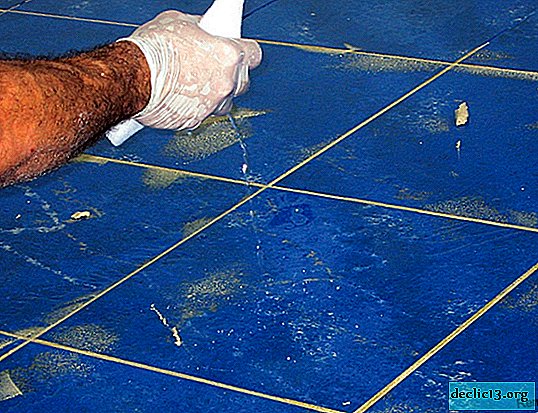


Grouting occurs when the adhesive mixture is completely dry. Its width depends on the dimensions of the tile (for example, for a 15x15 cm tile, the gap will be about 3-5 millimeters, and for 35x40 cm - 15-20 mm.). In addition, such a mixture is divided into two types: for narrow (up to 6 mm.) And wide seams (5-20 mm.).
First of all, you need to know that the grout mixture is selected by color (the final color is determined only after the solution dries). There will be no problems with this, since the material is available in a wide variety of colors. The correct grout is resistant to moisture and temperature changes, is plastic and can well fill the joints between any tile: ceramic, concrete, marble or stone.
If we are talking about ceramic tiles (the most popular option for interior decoration), then most often they use dry mixes. They are made on the basis of natural fillers, cement, various chemical additives and pigment. Such components give the solution moisture resistance and resistance to cold. By the way, regarding moisture resistance: for pools, showers and other rooms in which there is direct contact with water, the usual moisture-resistant mixture is not suitable. In this case, it is necessary to use a special mixture for grouting.
General recommendations for mixtures
- Buy a solution of the same packaging date and number, otherwise you risk getting different colors.
- When working, avoid drafts and direct sunlight.
- When choosing a mixture, ask the seller the reputation of the manufacturer. After all, it is better to buy an expensive, but high-quality solution.
Tile Profile
In principle, all problems in laying tiles arise when working with corners, edges and other problem areas. Now this issue is being solved with the help of profiles (usually a plastic and inexpensive tool). The outer and inner corner, the wall-floor and wall-edge connections of the room - all this must be taken into account when choosing the shape of the bar. Although this is not particularly important, such tools come in a variety of colors: from golden to marble.
There is a universal finishing strip, which is used at the joints of tiles of different thicknesses (for example, if it is necessary to connect a 7 mm tile on the wall with a 9 mm tile on the floor). Still material is applied at uneven corners in the kitchen and in the bathroom. They are very flexible and are used at indirect angles.
That's all the necessary materials for laying tiles. By the way, if you are interested in the detailed process of laying tiles on the wall - then read this.




